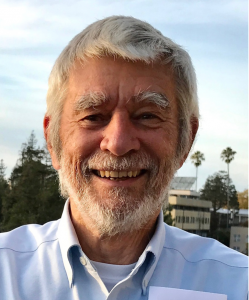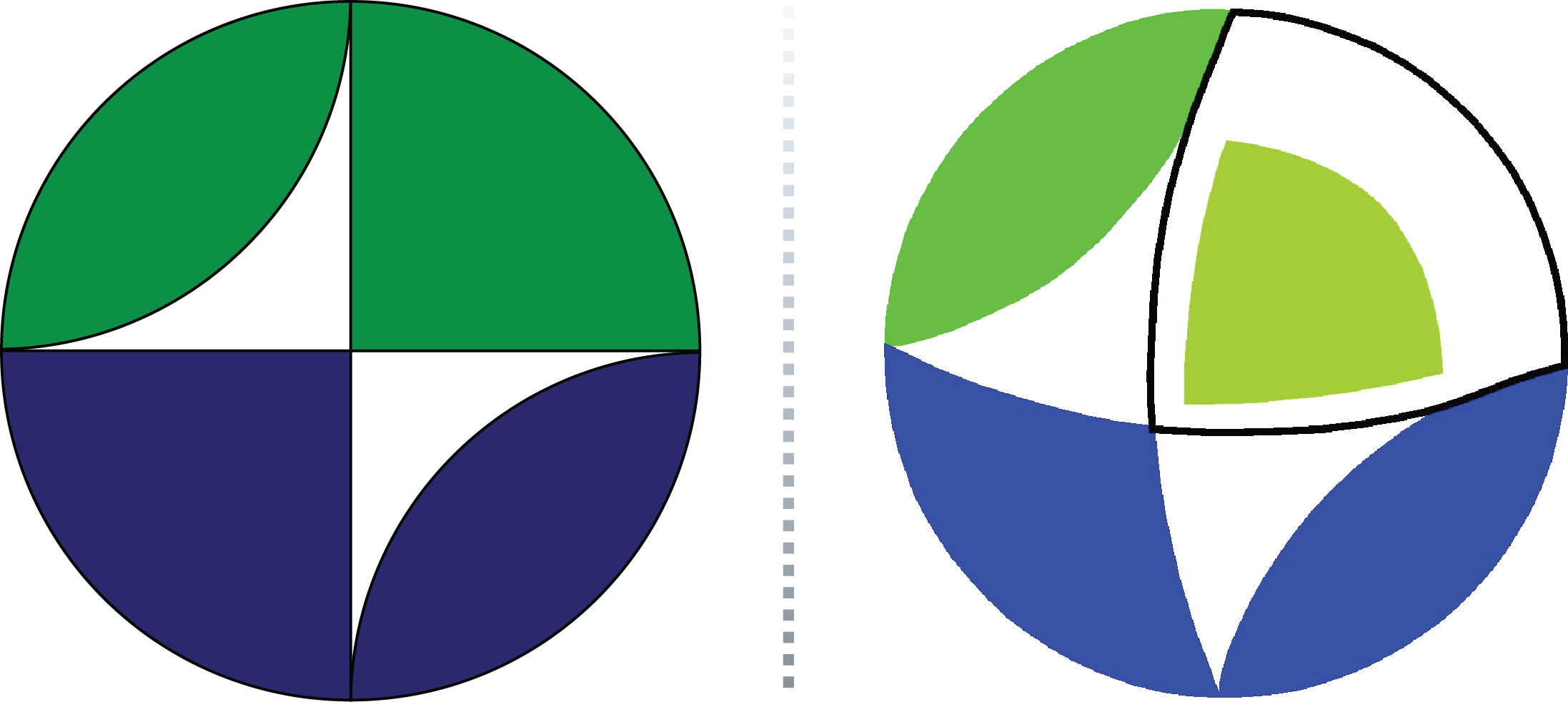Peter Molnar (1943 - 2022)

Peter Hale Molnar has left his beloved Earth on June 23 of this year 2022 at age 78.
He was and will be forever a gentle giant in the field of physics of the Earth. While his home base was in the US, he was a true global citizen. Foremost, he was a deeply human being, a mensch, as New Yorkers would say, where he lived and tirelessly worked his early formative graduate academic years, completing in 1970 his PhD at Columbia’s Lamont-Doherty Earth Observatory. He worked largely in seismology, using it as a tool that allowed him to advance the basic understanding of the physical processes that drive the tectonics of rigid plates.
Peter died in the Rocky Mountain small township of Lyons, Colorado, with his beloved wife Sara Neustadtl by his side, when pancreatic cancer lead this ever restlessly searching mind to come to peace and rest forever. As a scientist, Peter Molnar has captured the attention, inspired, and collaborated with, so many colleagues, students, and mentors alike, and partnering with them, transformed them into dear friends; spread all around the world, they came from highly diverse disciplines and many nations. Now we mourn together, with his colleagues and students at the University of Colorado at Boulder. There, for more than two decades of his stellar, global scientific career he was a distinguished professor of Geophysics, and a fellow at the Cooperative Institute for Research in Environmental Sciences (CIRES).
Peter Molnar attended Oberlin College where, in 1965, he finished with a degree in Physics. After his graduate studies and PhD at Columbia (1965-1970), he became a post-doc at the University of California in San Diego; it included an extended exchange scientist visit in Tajikistan (then USSR). In 1974, he accepted a professorship at MIT. Being the ever-restless researcher, and not called to teaching in the classroom, he resigned from his MIT professorship in 1986; he stayed on at MIT as a senior research associate, while exploring collaborationsduring visiting appointments in France (Grenoble, Montpellier), the UK (Oxford), and back in the US, at Caltech and UC Santa Barbara. It took the offer from a true mountain state for Peter to accept again a full professorship in the Geological Sciences at the University of Colorado Boulder, combined with being a Fellow of CIRES, starting in 2001. This became the base, and backyard Atlas, from which he explored the workings of the Earth for the next 21 years.
And what an exploration it was! Already as a student at Lamont, he refined with colleagues the motions of tectonic plates, e.g., in and around the Caribbean plate. But soon he realized that the tectonics of rigid plates had, while a most insight-providing concept, served its time. He soon turned to the deformation of earthly matters of, in, on, and around continents and to the physical processes that form mountains, and plateaus behind them. Based on his earlier research, mostly with Paul Tapponier mapping in space and time as India plows into Eurasia like a quasi-rigid indenter, that pushes slivers of Eurasia largely by transform motions aside, he showed how all this collision leads to the rising of the Himalayas, and the formation of the uplifted Tibetan Plateau. He was good describing all this with carefully assembled data and observations but was not satisfied until he would understand the underlying physics and dynamics, the role of gravity and stresses, and the rheological material properties of the various portions of crust, lithosphere and mantle under these dynamic conditions.
Peter’s strength was getting complex physical processes reduced to the essential physics. With Dan McKenzie he shared their skepticism of complex computational models with too many parameters to play. He and Dan, whom he often mentioned as an inspiring mentor, became ardent philosophers of science and pondered: What does it really mean to understand nature and its seemingly complex processes? Peter became an expert in reductionist under-standing, homing in on just a few key processes. The simpler the applicable equations, the better, and only good if testable against the best observational data.
As soon as he became convinced that the puzzle of rising Tibet, and understanding the role of rheology of crust, lithosphere and mantle under different dynamic conditions had been essentially solved (he never was entirely sure of that), he turned to new questions. He persistently worked with great impact on the intersection of mountains and climate.
Through early interactions, with climate scientists from Lamont and around the world, he and others jointly noted that the timing of changes in the Indian monsoon had to have something to do with the rising of Tibet and Himalayas. He needed to understand that connection. He joined with paleoclimate experts, oceanographers, and geochemists to unravel this new puzzle, and they largely succeeded, with painstaking data collection and cooperative analyses. Again, Peter trusted his physical intuition more than complex climate models with too many free parameters to fit sparse data constraints. Soon, Peter found himself immersed in yet other Earth processes: how did the emergence of land in Panama, the Bering land bridge, and of the Indonesian Islands separating the Pacific from the Indian Ocean, influence global patterns of ocean currents; and how were these changes connected to changes in the global climate? What was the chicken, what the egg? Did the aridification of Tibet, of portions of India and other continents deliver via sandstorms, or erosion from icy mountains produce abundant ferric minerals, that when transported into the oceans, accelerated the growth of CO2-consuming ocean biomass, thereby rapidly extracting CO2 from the atmosphere, causing global cooling and the formation of large ice masses on continents: the waxing and waning of glacial periods. While researching and pondering these fundamental questions, he still found time to focus on smaller processes with potentially large consequences: how do islands in large oceans enhance precipitation and what is their effect on El Niño and global climate?
In 2014, Peter Molnar was awarded, for his overarching work, the prestigious international Crafoord Prize in Geosciences.
Peter’s mind never rested. I had a few Email exchanges with him once he was diagnosed with the deadly cancer. Few years earlier, in the fall of 2018, he had taken time out to attend in New York a gathering of my family where he learned that my artist wife had just a few more weeks to live because of advanced pancreatic cancer. I quote from one exchange, dated January 9, 2022, just weeks after he himself had been diagnosed with the same deadly decease. His zest to understand, blended with his characteristic humble modesty and concerns for humanity, persisted in the face of his earthly life surely coming to the foreseeable end:
“Science has helped us so much (e.g., modern medicine) that it is hard to see it as evil. Then, social media might take us down. I feel like the next couple of generations are living on the brink of potential disaster. "Understanding" is a topic that I ponder often. How do we know when we have it, or some, and how to know when we have more of it? There is an emotional side to it. My own interests are more mundane. How does rainfall over islands affect the upper troposphere? For this is crucial to El Niño, I think. Why is there the big pressure gradient between subtropical deserts and subtropical high pressures over adjacent oceans? How do we test removal of mantle lithosphere in regions like the Andes and Tibet? No shortage of stuff to do. If I were only smarter, maybe I could do this. Peter”
Klaus H. Jacob; Lamont-Doherty Earth Observatory, Colombia University, New York
